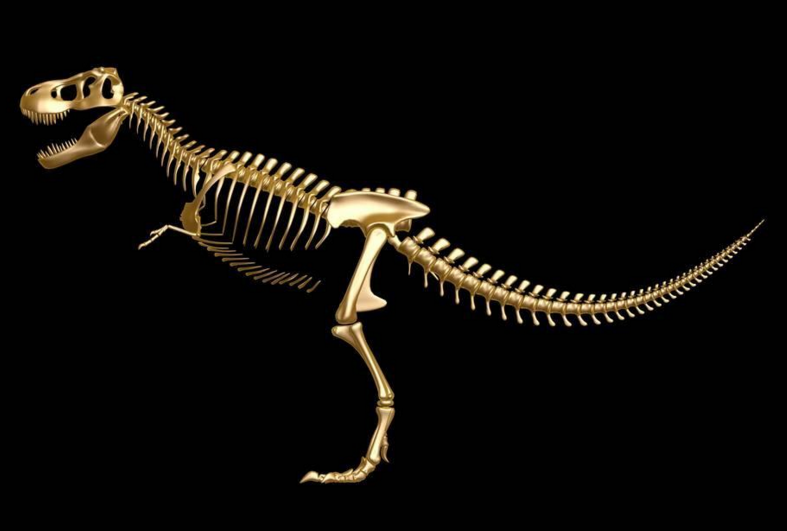(单词翻译:单击)
听力文本
And so Oliver went to work.
于是Oliver开始研究
He systematically examined the fossil
他系统地检测了化石
looking for even the tiniest differences to dinosaurs in the north.
寻找与北方恐龙的任何一点微小差别
He made many measurements of the bones.
他进行了大量骨骼测量工作
Then he used a computer programme to compare them to other fossils from the Northern Hemisphere and at last he found something.
然后用计算机程序将它们与北半球化石进行比较,最后,他终于有了发现
It was to do with the upper leg bone, the femur.
它是在大腿骨上,也就是股骨

Oliver saw the radioactive dinosaur had a distinctive bulge near the top of the femur,
Oliver发现放射性的恐龙股骨顶部有一个特别的隆起
but when he examined femurs from the Northern Hemisphere, there was no bulge.
而当它分析北半球恐龙的股骨时,却没有这个隆起。
It was exactly the kind of tiny anatomical difference he'd been looking for.
这就是他一直苦苦寻找的微小的解剖学差异
So what the analysis of this animal tells us is that obviously the continental break up
这些动物的分析结果表明陆地分离显然
really had a profound impact on the diversification of the dinosaurs. It was a clear sign.
对恐龙的多样化有着深远的影响。这是一个明显的证据。
Dinosaurs in the south were beginning to evolve separately to those in the north.
南北方恐龙分别开始独自进化
It was vicariance in action.
这就是地理分隔的作用。
视频及简介
没有哪种生物能像恐龙那样统治地球,但是恐龙的故事中却包藏着一个巨大的谜团,那就是它们如何称霸世界。


